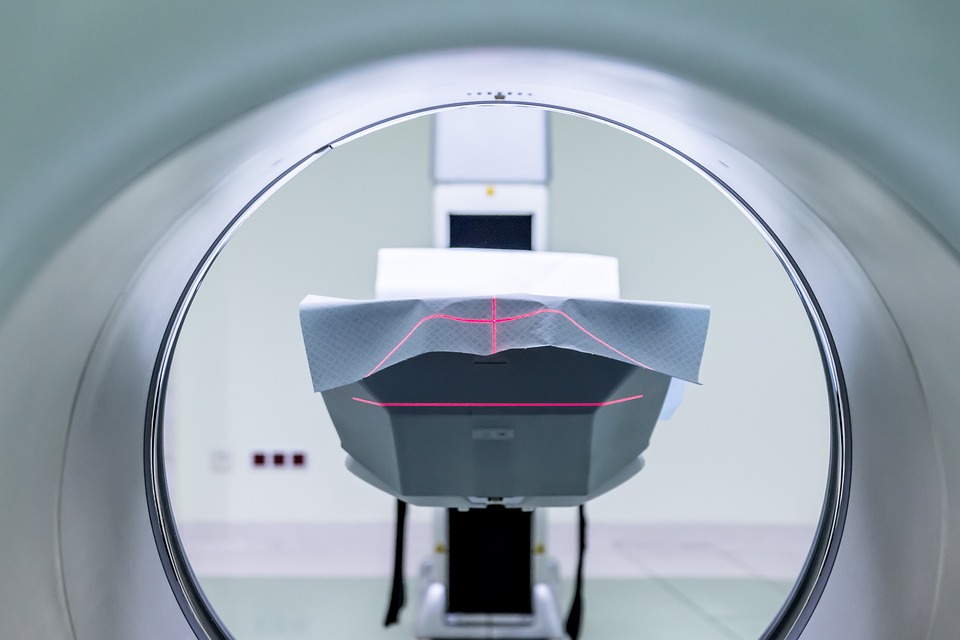Hard drive magnets have come a long way since the early days of floppy disks. Over the years, advancements in technology have led to the development of more sophisticated and efficient storage devices. This article will delve into the evolution of hard drive magnets, starting with the humble floppy disk and culminating in the modern solid-state drive (SSD). We will explore the key milestones, technological breakthroughs, and challenges that have shaped the industry.
Floppy Disks: The Beginning
The floppy disk was the first widely-adopted portable storage medium for personal computers. Developed in the 1970s by IBM, the floppy disk was a flexible, circular piece of plastic coated with a magnetic material. Data was stored on the disk in the form of magnetic patterns, which could be read and written by a floppy disk drive (FDD).
Floppy disks were initially available in two sizes: 8-inch and 5.25-inch. The 5.25-inch format became the most popular, with capacities ranging from 160 KB to 1.2 MB. In the 1980s, the 3.5-inch floppy disk was introduced, offering higher capacities of up to 2 MB.
Despite their limited storage capacity by modern standards, floppy disks revolutionized data storage in the early days of personal computing. They were inexpensive, portable, and compatible with a wide range of systems, making them an essential tool for data exchange and backup.
Hard Disk Drives: The Next Step
While floppy disks were a significant improvement over earlier storage media like punch cards and magnetic tape, their limited storage capacity and slow transfer speeds soon became bottlenecks for the growing demands of personal computing. This led to the development of hard disk drives (HDDs), which offered much higher storage capacities and faster access times.
Hard disk drives use rigid magnetic disks called platters to store data. These platters are coated with a magnetic material similar to that found on floppy disks. Unlike floppy disks, however, HDDs employ a read/write head that moves over the platter surface to read and write data. This design allows for much higher densities of data storage and faster access times.
The first commercially successful HDD was the IBM Model 350, introduced in 1956. It weighed over a ton and could store a mere 5 MB of data on its 24-inch platters. Over the decades, HDDs underwent rapid miniaturization and capacity increases, driven by advances in magnetic recording technologies and platter materials.
The Rise of Solid-State Drives
Desp

